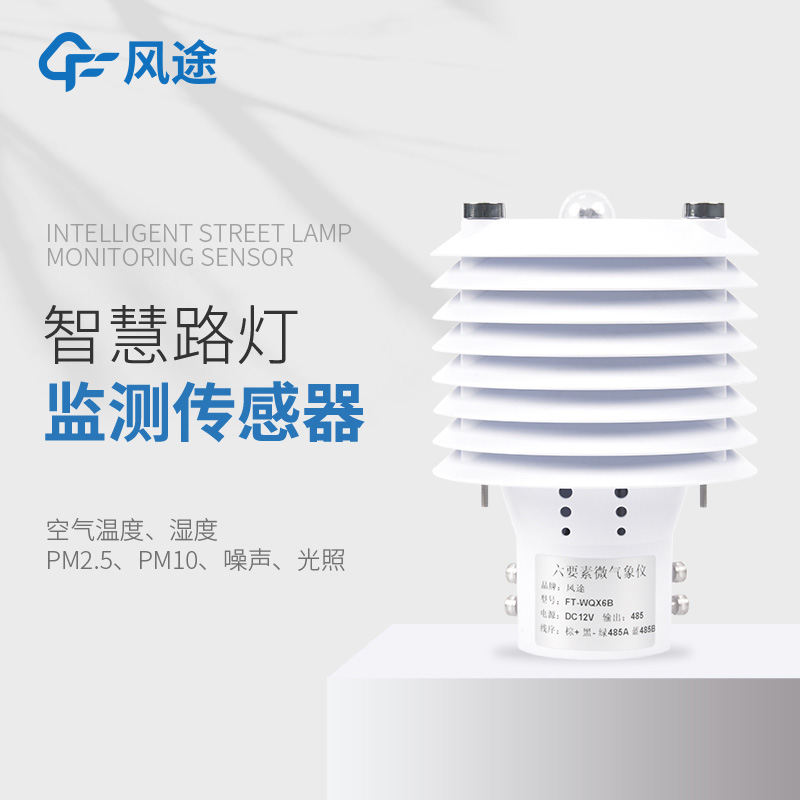Shandong Fengtu IOT Technology Co., Ltd
Sales Manager:Ms. Emily Wang
Cel,Whatsapp,Wechat:+86 15898932201
Email:info@fengtutec.com
Add:No. 155 Optoelectronic Industry Accelerator, Gaoxin District, Weifang, Shandong, China

Sales Manager:Ms. Emily Wang
Cel,Whatsapp,Wechat:+86 15898932201
Email:info@fengtutec.com
Add:No. 155 Optoelectronic Industry Accelerator, Gaoxin District, Weifang, Shandong, China
time:2024-07-31 08:47:46 source:Weather Station viewed:592 time
Air quality sensors are used to detect airborne pollutants such as the familiar PM10 and PM2.5 particulate matter. These particles can affect our health, especially PM2.5 because it is very fine and can penetrate deep into the lungs. The Air Quality Index (AQI) uses the concentration of these particles to assess air quality. Air quality sensors are useful in many places, such as homes, factories, and in weather forecasts to help us know if the air is clean and to let us know when we need to take steps to protect ourselves.
Air quality sensors detect particulate matter in the air, usually using laser scattering and optical detection techniques. These sensors move air smoothly through a measurement zone by means of a steady gas flow system. When a laser hits airborne particles, it scatters light. The sensor captures this scattered light at a specific angle and by analyzing the change in intensity of the scattered light, the size, velocity and mass of the particles can be determined.
The Four Gases and Two Dusts Sensor from Windway Technology is specifically designed to measure the four main harmful gases in the air (Sulfur Dioxide SO₂, Nitrogen Dioxide NO₂, Carbon Monoxide CO, and Ozone O₃), as well as two types of particulate matter (PM2.5 and PM10). Benefits of this sensor include its compact size and integrated design, making it convenient to transport, carry and install.
Its flexibility is demonstrated by the fact that the monitoring position can be easily and dynamically adjusted to suit different monitoring needs. In addition, the sensor meets high standards for environmental monitoring in terms of design, operating conditions, safety and functionality, ensuring stable and reliable operation in a variety of environments.
It is particularly suitable for applications that require continuous real-time air quality monitoring, such as critical environments like airports, as well as the broader field of atmospheric environment monitoring.

In water conservancy projects, reservoirs are crucial for the rational allocation of water resources. Once a reservoir is built, it plays a vital role in flood control, water storage for irrigation, water supply, power generation, and fish farming. Among various monitoring indicators of a reservoir,...
device for wind speed is a tool used to measure wind speed and direction, and is a commonly used instrument in weather stations....
best anemometer accurately measures wind speed and direction, reading wind speeds up to 60m/s with high accuracy, and is able to withstand strong winds carrying dust, humidity and even rain....
The distribution of global water resources is uneven, and many regions are facing serious water shortage problems. With population growth, economic development and the acceleration of urbanization, the demand for water resources is constantly increasing, while the available water resources are very...